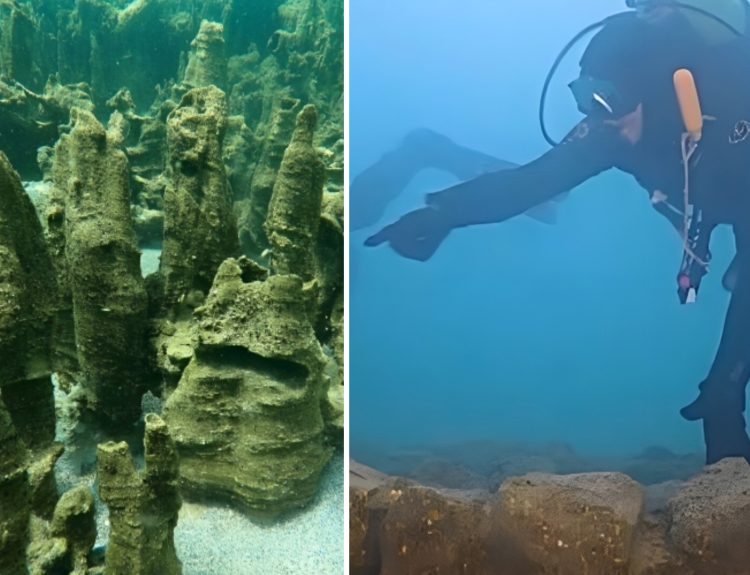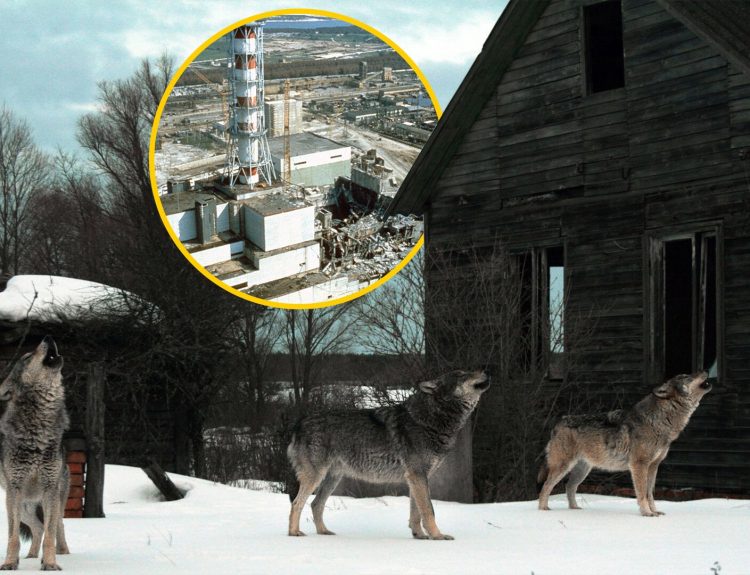Deep beneath the water near Cuba there are several strange stone formations. These peculiar rocks constitute one of the biggest unsolved mysteries of archaeology and one of the most hotly debated discoveries of the 21st century.
Some researchers are certain that the stones are the ruins of ancient man-made structures that pre-date the Egyptian pyramids and point to an advanced civilization that tragically sank beneath the waves. Other experts think the stones may be naturally occurring undersea formations.
A Sonar Scan off Cuba’s Guanahacabibes Peninsula
A team of scientists from Advanced Digital Communications, or ADC, a Canadian-based company, first noticed the odd arrangement of stones off the tip of Cuba’s Guanahacabibes Peninsula more than two decades ago.

Their sonar scans revealed a collection of stone structures on the ocean floor, some 2,000 feet below the surface. The images seemed to show symmetrical stones arranged in an organized manner. The rocks even appeared to have been worked. They were smooth and flat.
Smooth Blocks of Granite
After the initial discovery of the submerged stone structures, a husband-and-wife team of marine engineers from ADC, Pauline Zelitsky and Paul Weinzweig, returned to the waters off Cuba to take another look. They brought with them a remote operated explorative robot armed with state-of-the-art underwater visual recording equipment.

The images captured by the underwater camera and remote scamming technology confirmed what the ADC experts first saw … a series of smooth blocks of granite that appear to have been cut and shaped.
Sharp Corners and Right Angles
The blocks of granite exhibit sharp corners and right angles … things that aren’t common in nature. Most of the stones were cube-shaped, but some of them look to have been fashioned into other geometric shapes.
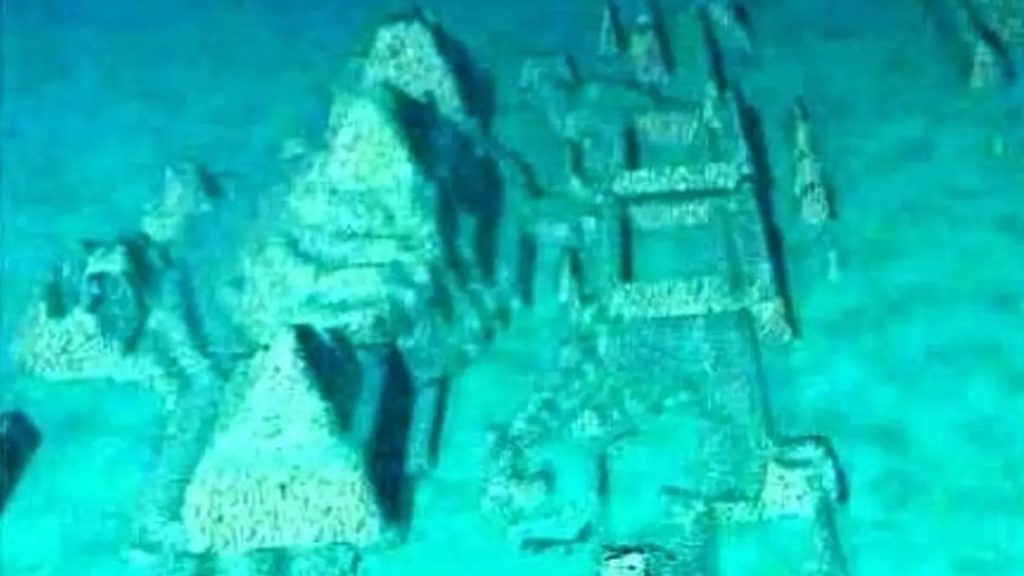
Some of the stones are quite large. The biggest ones are approximately eight by ten feet. Many of them were stacked on top of each other, forming pyramid-like arrangements. To the experts, the stones appear to have been organized in a way not unlike an urban development.
“Too Much Organization, Too Much Symmetrical”
According to Weinzweig, “The structures we found on the side scan sonar simply are not explicable from a geologic point of view. There is too much organization, too much symmetry, too much repetition of form.”

Weinzweig’s wife and partner, Zelitsky, however, cautioned that it is too early to draw conclusions about the stone structures. She insists that more research is needed, but she is excited about the possibility that the discovery could be significant.
Is It the Remains of an Ancient City?
The size, shape, and arrangement of the stones look like the ruins of an ancient city. As Zelitsky explained, “It’s a really wonderful structure which really looks like it could have been a large urban center.”
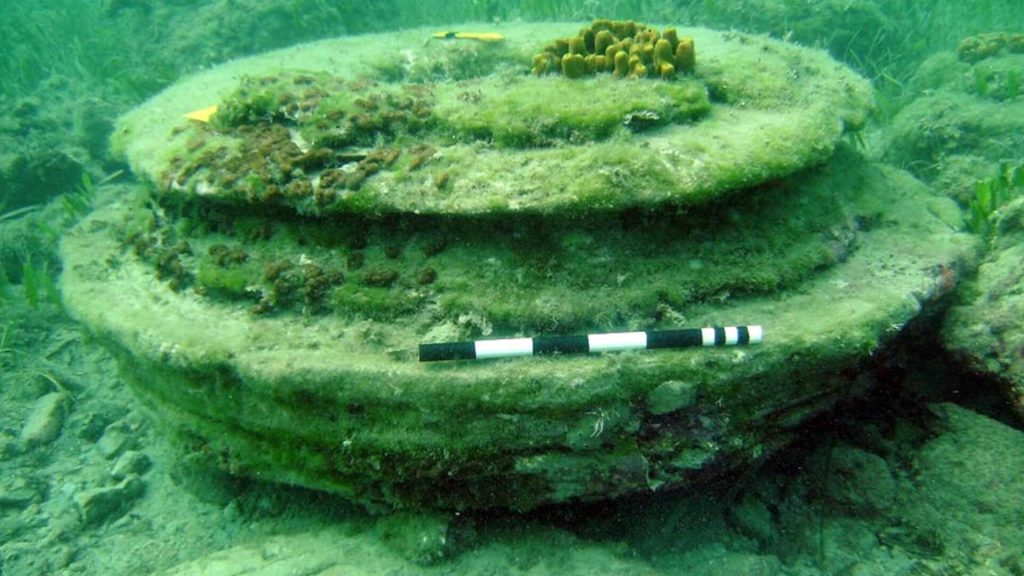
As thrilling as this would be, Zelitsky remains cautious. “It would be totally irresponsible to say what it was before we have evidence.”
The Lost City of Cuba
Dubbed “The Lost City of Cuba,” the stone features could be quite old … older, in fact, than Egypt’s pyramids. It could be that they are more than 6,000 years old. How have the researchers reached this date?

According to Zelitsky, Weinzweig, and the other researchers on their team, the stone structures, if they are man-made, would have been built on dry land. It would have taken a long time and some changes in the sea levels for them to end up so far under the waves.
Not Everyone Agrees with This Timeframe
The notion that the seafloor off the Guanahacabibes Peninsula was above water only 6,000 years ago has been disputed by many experts. One of them is Keith Fitzpatrick-Matthews who noted, “At no point during the Ice Age would these stones have been above sea level unless, of course, the land on which they stand has sunk.”

As he explained, the sea levels dropped by only 328 feet at most during the Pleistocene era which spanned from between 2.5 million and 11,700 years ago.
Rock Samples Suggest the Land Was Above Water
Manuel Iturralde, a geologist and researcher at the Natural History Museum of Cuba, has made a career of studying underwater rock formations. He agreed, “These are extremely peculiar structures, and they have captured our imagination.”
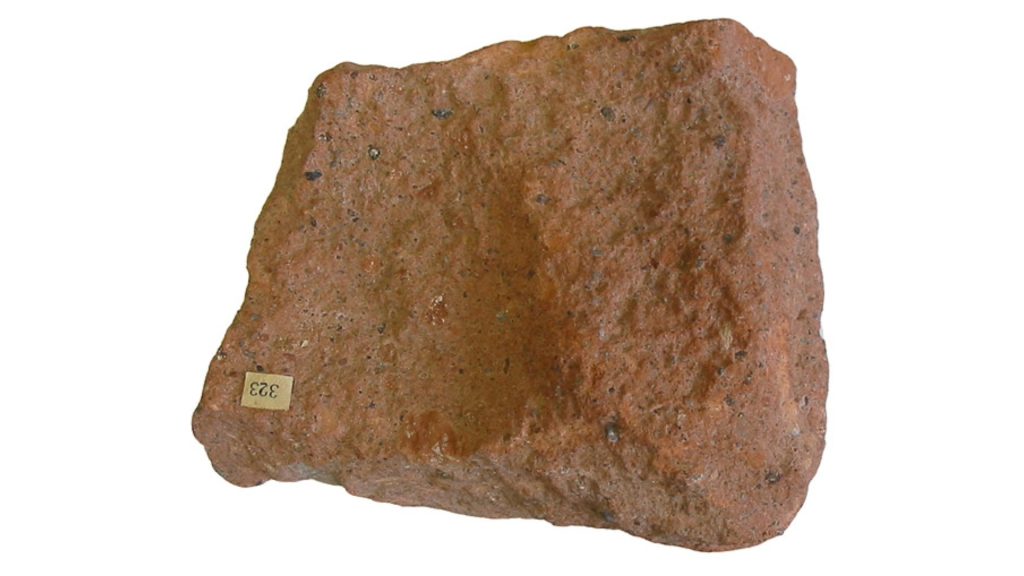
Iturralde stated that the underwater site is interesting and complex. An analysis of the volcanic rocks brought up from the location tells researchers that the stones were once above the water level. It is odd, he added, that the rock samples are volcanic since there are no volcanoes in Cuba.
Iturralde Also Finds the Depth Problematic
Manuel Iturralde also pointed out that the depth of the stone structures is also problematic and serves as evidence against the “sunken lost city” theory. According to his estimates based on the maximum speed of the planet’s tectonic plate movement, it would have taken more than 50,000 years for the stone feature to have sunk that deep.

He added, “50,000 years ago, there wasn’t the architectural capacity in any of the cultures we know of to build complex buildings.”
“Out of Time and Out of Place”
He is not the only one to question the validity of the “lost city of Cuba” theory. Michael Fought is an expert in underwater archaeology at Florida State University. He shares Iturralde’s skepticism.

“It would be cool if Zelitsky and Weinzweig were right, but it would be real advanced for anything we would see in the New World for that time frame. The structures are out of time and out of place.”
But What If There Is Another Explanation?
If the so-called “lost city of Cuba” didn’t sink to 2,000 feet below the surface over hundreds of thousands of years, could there be another explanation? It is possible. Perhaps an earthquake or volcanic activity caused a cataclysmic event that doomed the ancient city.
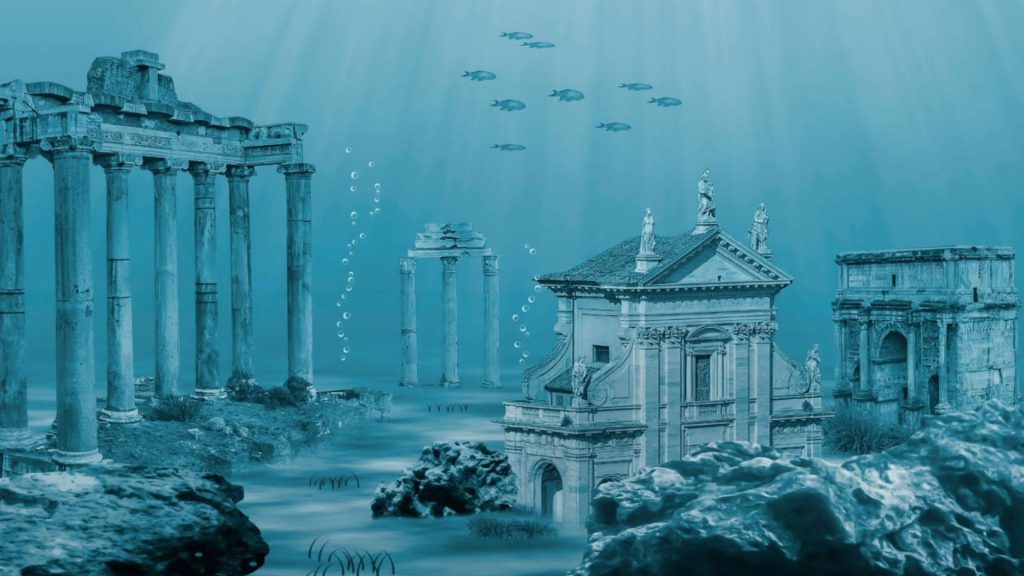
We have heard this story before … the story of an ancient city that was advanced for its time that sank to the bottom of the sea in a single, sudden natural disaster. Plato wrote about this in 360 BC. He called the doomed city “Atlantis”.
Did the Researchers Find Atlantis?
Plato wrote about a great utopian city called Atlantis that was founded by people who were half human and half god. He described the city as being made up of concentric islands through which deep moats were dug. The Atlanteans were warlike, but also lovers of art and literature.

Plato wrote, “There occurred violent earthquakes and floods; and in a single day and night of misfortune … the island of Atlantis in like manner disappeared in the depths of the sea.” Most historians view Atlantis as a myth, yet archaeologists have been searching for it for centuries.
Could Atlantis Be in the Caribbean?
The idea that the “lost city of Cuba” could be the fabled Atlantis echoes earlier claims that Atlantis could have been in the vicinity of the Caribbean. In 1968, divers discovered a mysterious stone feature beneath the water off the Bahamas’s North Bimini Island.
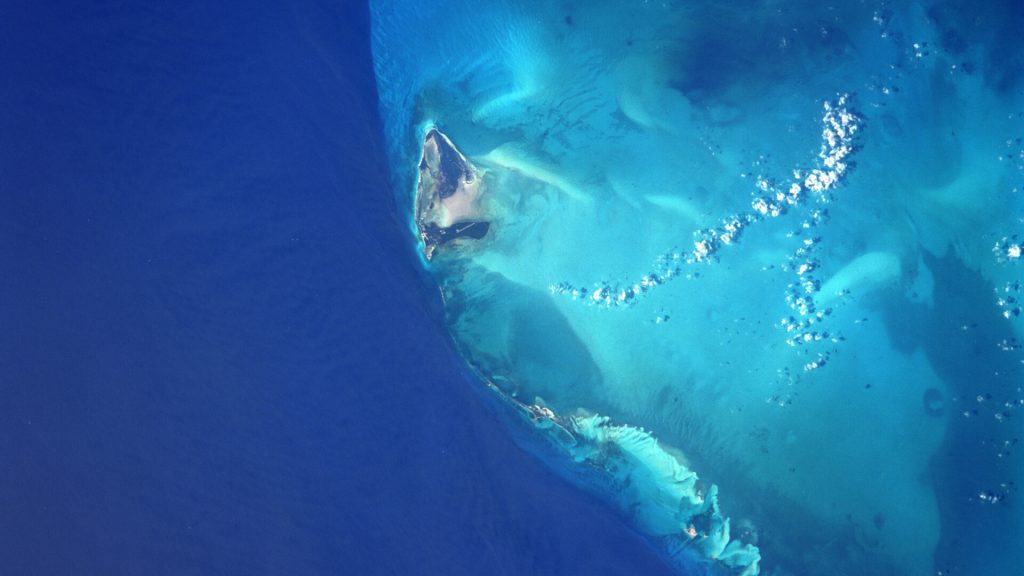
Dubbed the Bimini Road, this feature is a long narrow formation of rectangular limestone blocks that appear to have been purposely arranged. Some researchers think the rocks are the remains of an ancient road or wall that was once above water. They point to this as evidence that Atlantis was once in the Caribbean.
The Mayans Also Had a Sunken City Legend
Iturralde added that the ancient Maya and Yucatecos people also had a story of a sunken city in their folklore and legends. According to this tale, the ancestors of the Maya lived on an island in the Gulf of Mexico.

The island, along with its inhabitants, vanished beneath the waves in a sudden cataclysmic event. As interesting as these legends are, Zelitsky is careful not to link the “lost city of Cuba” to the elusive and mysterious Atlantis.
Are the Stones the Ruins of an Ancient Land Bridge?
Although Zelitsky debunks the Atlantis connection, she believes that the stone features are man-made. “What we found is more likely remnants of a local culture,” she explained.

One theory she has proposed is that the stone feature is part of a former “land bridge” that spanned some 100 miles to link Cuba to Mexico’s Yucatan Peninsula during a time when water levels were much lower.
Is It a Natural Feature?
Most geologists and archaeologists now believe that the Bimini Road is a natural feature that was formed with bedrock fractures and split along clean, straight lines. Could this be true of the “lost city of Cuba,” too?
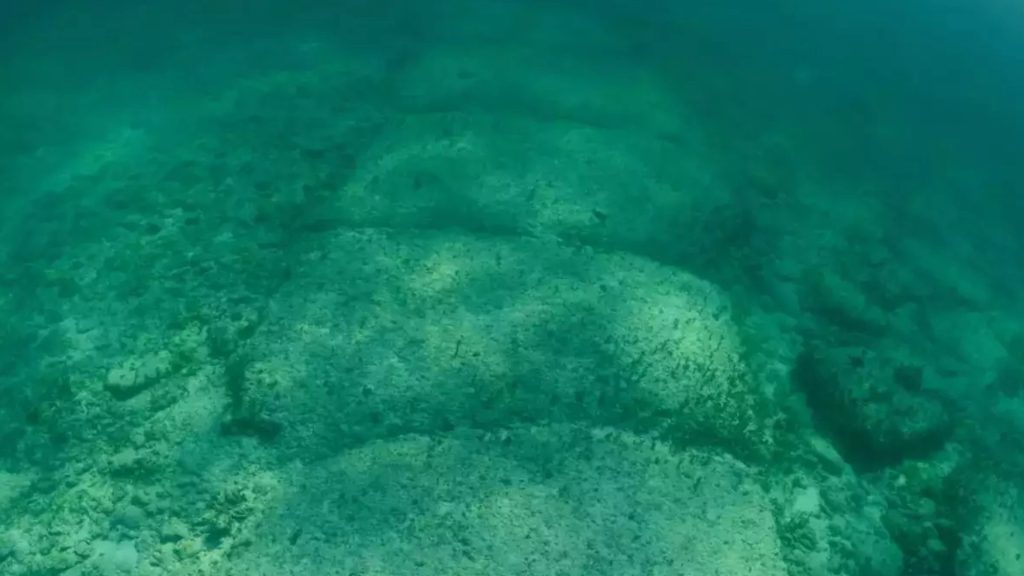
John Echave, a senior editor at National Geographic, stated, “They are interesting anomalies, but that’s as much as anyone can say right now.” He added that the stone feature needs to be studied up close by a highly skilled dive team. But that hasn’t happened yet.
Fighting the Red Tape
Several dives and expeditions to the site of the so-called “lost city of Cuba” have been planned, but they were all canceled. A few of the studies cited lack of funding as the reason for the cancellation.

Most of the planned expeditions, however, were called off because the Cuban government imposed a blockade around the site or rejected the permit applications from the researchers. Still Zelitsky and Weinzweig are hopeful.
On the Cusp of an Important Archaeological Discovery
Zelitsky, Weinzweig, and their colleagues are eager to get a dive team in the water. That is the next step, they say, in proving that an advanced and highly skilled civilization once flourished in Cuba.

According to Weinzweig, “We believe that much of the significant archaeology of the future will be discovered in the little-explored world’s oceans and will greatly expand our understanding of the enormous antiquity of human civilization.”




